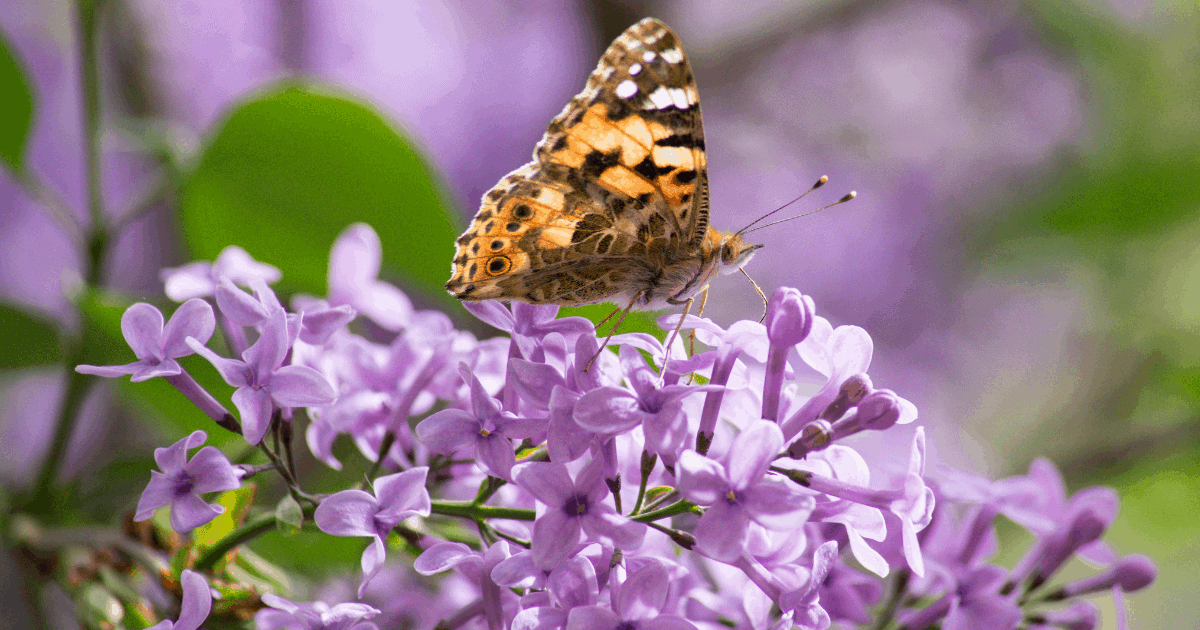
One of the greatest benefits of gardening is producing a food source for wildlife. It almost sounds counter-intuitive since most of the season we’re trying to keep everything out of the garden. But planting to welcome wildlife creates a natural buffet for different four-legged animals and their friends, and it turns your backyard into a nature observation deck.
Here are some of our favorite food-producing plants that can help attract these critters to your landscape.
Butterflies
These delicately winged insects can be some of the most elegant beings to land in your garden. If your hope is to invite as many as you can, plant colorful, hardy items such as lilacs. Other plants such as fennel, wildflowers like purple coneflower and milkweed will also help bring butterflies into your space.
Bees
Our favorite little pollinators will love sharing all the colorful flowers with the butterflies you are attracting, and they won’t mind doing a little work while they are around either.
Birds
Watching birds come in and out of your yard can be quite entertaining and educating. Our fine feathered friends are most attracted to plants that produce berries or seeds. The beautiful cranberry bush viburnum and chokeberry bush offer beautiful colors in the fall and are bird magnets when their fruit matures.
Squirrels and Chipmunks
These two can be quite the comical characters to watch in a yard. Often disrupters of bird feeders, given enough food sources, it is worth a try to feed everyone in harmony at least for entertainment sake. Hardy maple trees can provide nutrient seeds for the squirrels and chipmunks to dine on.
Deer
Sweet acorns produced by oaks are favorites for deer. Adding other trees to your landscape like black walnuts can also increase deer viewing.
When you’re done incorporating all of these items, you may even be able to have your yard certified as a wildlife-friendly zone. Seriously. Check it out with the National Wildlife Federation. If you do get certified, we want to know all about it so please come in and tell us!
If you want more ideas on how to make your yard into a wildlife respite or to learn more about what is happening at our Emerald City, please sign up to join our email list.



